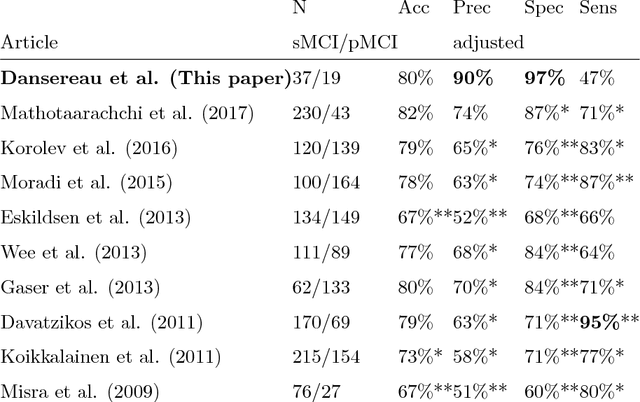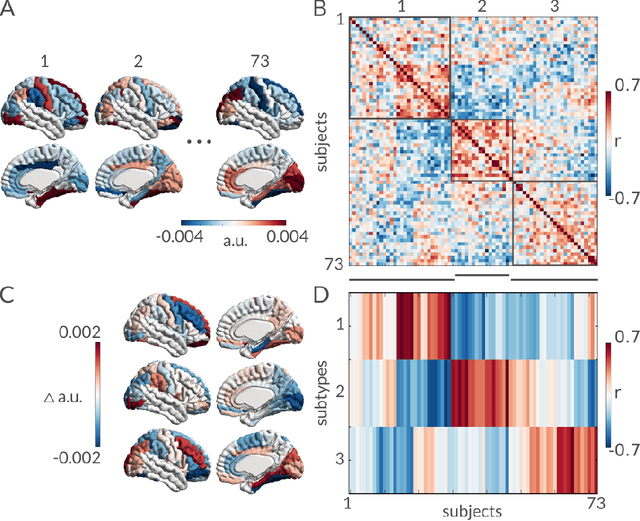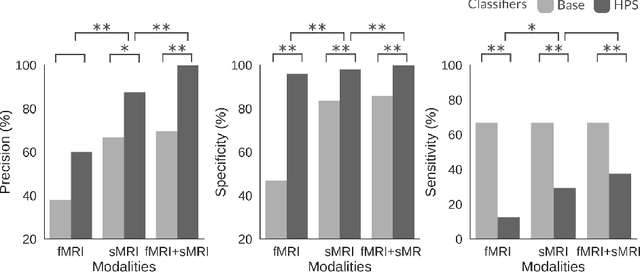AmanPreet Badhwar
Artificial Intelligence for Dementia Research Methods Optimization
Mar 02, 2023Abstract:Introduction: Machine learning (ML) has been extremely successful in identifying key features from high-dimensional datasets and executing complicated tasks with human expert levels of accuracy or greater. Methods: We summarize and critically evaluate current applications of ML in dementia research and highlight directions for future research. Results: We present an overview of ML algorithms most frequently used in dementia research and highlight future opportunities for the use of ML in clinical practice, experimental medicine, and clinical trials. We discuss issues of reproducibility, replicability and interpretability and how these impact the clinical applicability of dementia research. Finally, we give examples of how state-of-the-art methods, such as transfer learning, multi-task learning, and reinforcement learning, may be applied to overcome these issues and aid the translation of research to clinical practice in the future. Discussion: ML-based models hold great promise to advance our understanding of the underlying causes and pathological mechanisms of dementia.
A brain signature highly predictive of future progression to Alzheimer's dementia
Mar 02, 2018



Abstract:Early prognosis of Alzheimer's dementia is hard. Mild cognitive impairment (MCI) typically precedes Alzheimer's dementia, yet only a fraction of MCI individuals will progress to dementia, even when screened using biomarkers. We propose here to identify a subset of individuals who share a common brain signature highly predictive of oncoming dementia. This signature was composed of brain atrophy and functional dysconnectivity and discovered using a machine learning model in patients suffering from dementia. The model recognized the same brain signature in MCI individuals, 90% of which progressed to dementia within three years. This result is a marked improvement on the state-of-the-art in prognostic precision, while the brain signature still identified 47% of all MCI progressors. We thus discovered a sizable MCI subpopulation which represents an excellent recruitment target for clinical trials at the prodromal stage of Alzheimer's disease.
 Add to Chrome
Add to Chrome Add to Firefox
Add to Firefox Add to Edge
Add to Edge